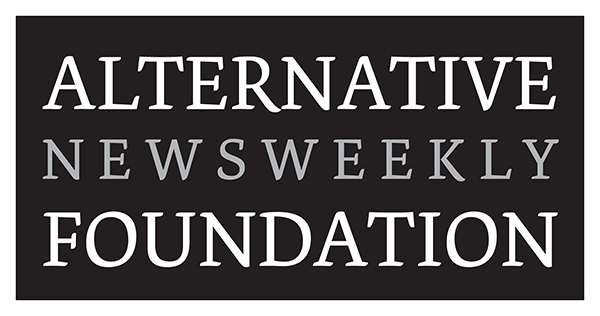Expand Beyond Broadcast to Conversations that Cultivate
As we all know, social media has become an integral part of our daily lives. It shapes how we communicate, share information, and connect with others. But, there is a significant distinction between using social media as a tool for conversation and interaction versus using it merely as a broadcast medium. Yet, that’s exactly what journalism is, a broadcast.
Is it time to consider a new approach to social media that can foster meaningful connections, build emotionally invested relationships, and convert readers to donors?
Social Media as a Conversation Tool
1. Increase Engagement and Create Community: Social media platforms are designed to be interactive, allowing users to engage in real-time conversations via comments, direct messages and live chats. By encouraging readers to share their thoughts, ask questions, and provide feedback, your publication can produce a sense of community and form a loyal and invested readership.
2. Build Relationships: These two-way conversations can lead to deeper relationships as they allow for instant dialogue. By interacting directly with your audience, timely responding to comments, and participating in discussions, your publication clearly shows that you value your followers’ opinions.This personal touch can transform casual followers into dedicated supporters.
3. Inspire User-Generated Content: When individuals feel heard and valued, they are more likely to contribute their own content – be it reviews, testimonials, photos, and/or videos. Encouraging and sharing this content enhances your publication’s credibility, reach and can turn readers into advocates.
Social Media as a Broadcast Medium
1. Lack of Engagement: Using social media solely as a broadcast medium can result in a readership with minimal emotional investment in your publication as they may feel ignored, unimportant, and thus have limited loyalty.
2. Limited Relationship Building: Social media broadcasting does little to build relationships and can come across as impersonal. Engaging in genuine conversations and showing your publication’s human side helps build trust and authenticity, which are crucial for long-term success.
3. Missed Opportunities for Feedback: Broadcasting content without inviting audience feedback means your publication can be missing out on valuable real-time insights, community-building interactions, and opportunities for growth and change.
Social Media as a Fundraising Tool
1. Listen and Respond: Pay attention to what your audience is saying. Thoughtfully respond to comments, answer questions, and acknowledge feedback. Show that you value their input and are willing to engage in meaningful conversations.
2. Be Authentic: Share content that reflects your publication’s values. Authenticity and transparency resonate with readers and fosters trust and genuine connections.
3. Encourage Interaction: Ask questions, run polls, and invite followers to share their experiences. Take the first step and participate in a social media holiday to initiate interaction and make your community feel involved.
4. Monitor and Adapt: This new approach could take time for both your publication and readers to adjust to. Monitor social media interactions, audience preferences, and adapt your strategy based on feedback and engagement metrics.
Conclusion
At its core, social media facilitates conversation and interaction. By turning your publication’s focus from broadcast to engagement, you have tapped into an opportunity to increase readers’ emotional connection, which is essential for readers to convert to individual donors.
So is now the time to get to know your community more by sharing that team picture with their pets, asking your community to do the same, and creating donors through conversation?





